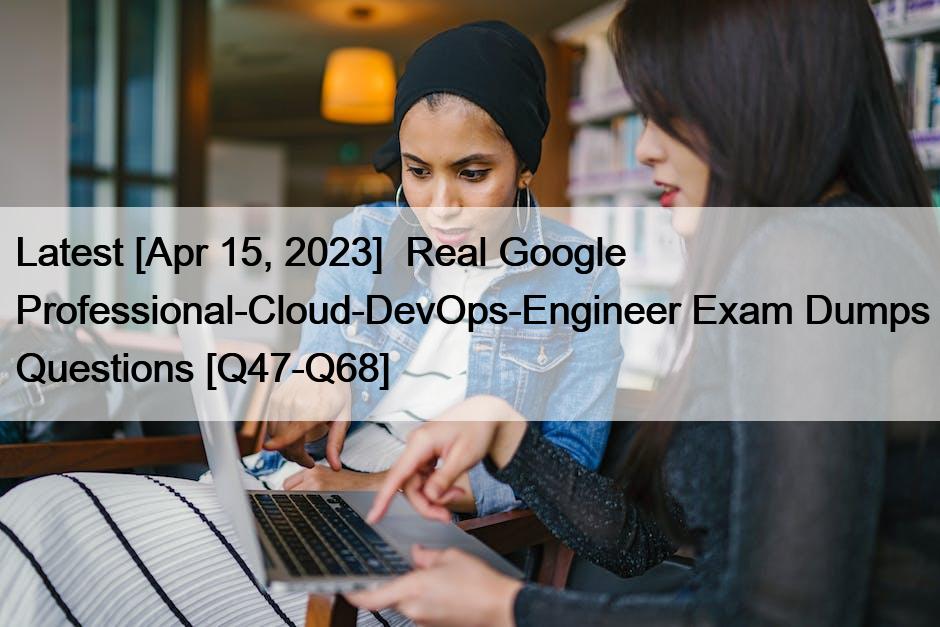Latest [Apr 15, 2023] Real Google Professional-Cloud-DevOps-Engineer Exam Dumps Questions
Professional-Cloud-DevOps-Engineer Dumps To Pass Cloud DevOps Engineer Exam in One Day (Updated 82 Questions)
Google Professional Cloud DevOps Engineer Certification Path
The Google Professional Cloud DevOps Engineer Certification is the highest level of certification mainly focusing on the Solution Architect Professional. There is no prerequisite for this exam but still, it would be best to follow some sequence to prove immense knowledge as a Google Professional Cloud DevOps Engineer.
Domains Tested in Final Evaluation
The candidates who succeed in passing the Google Professional Cloud DevOps Engineer validation will add an international designation under their belt that helps them consolidate their position in the company and receive generous offers from their employers. So, if applicants want to differentiate themselves from other colleagues, they should demonstrate the following skills:
- Identifying issues related to service performance and implementing solutions to optimize it;
- Identifying the most effective principles related to site reliability engineering and applying them to a definite service;
- Checking and implementing strategies related to service monitoring;
- Coordinating teams to identify and manage incidents related to service development.
- Implementing and building CI/CD service pipelines;
Google Professional-Cloud-DevOps-Engineer Exam Syllabus Topics:
| Topic | Details |
|---|---|
| Topic 1 |
|
| Topic 2 |
|
| Topic 3 |
|
| Topic 4 |
|
| Topic 5 |
|
| Topic 6 |
|
| Topic 7 |
|
Professional-Cloud-DevOps-Engineer Exam Brain Dumps – Study Notes and Theory: https://www.validbraindumps.com/Professional-Cloud-DevOps-Engineer-exam-prep.html






